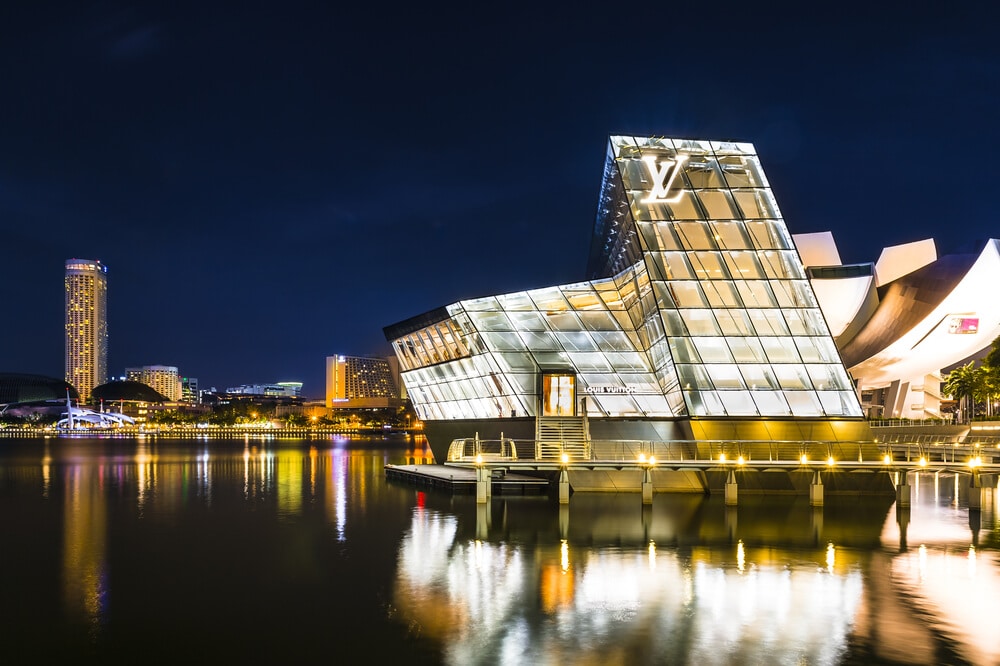In biomimetic thinking, three levels of imitation are accepted: structure, process and system. Mimicking a biological system is a very complex challenge, which unfortunately has not yet been solved. If and when we manage to do this, we will make a giant leap forward in our evolution and adaptation to the Earth.

Niti Chuysakul / Shutterstock.com
In biomimetic thinking, three levels of imitation are accepted: structure, process and system. Mimicking a biological system is a very complex challenge, which unfortunately has not yet been solved. If and when we manage to do this, we will make a giant leap forward in our evolution and adaptation to the Earth.
Contrary to the growing examples of developing products inspired by models from nature, imitating a complete system, or, more correctly, designing a human system that will function with the efficiency and elegance of an ecosystem - is a challenge that has not yet been solved. There are examples of partial imitation of systems, and individual projects that go in the right direction.
Living systems are complex systems. Each component in the system is a system in itself. For example, each cell is made up of microscopic organelles, which function separately but in coordination and interdependence. Different cells together make up organs, whose function exceeds the function of a single cell (for example, a muscle is made up of muscle cells, blood and nerves - each tissue has a specific function, and they are all necessary to allow the movement of the muscle). The organs depend on each other to form a complete and functioning organism. The organism is part of a population, and the population is a component of an ecosystem. The Earth is probably one of the most complex systems in the universe.
The most spectacular example of a factory is found in each of our body's cells: at any given moment, thousands of chemical reactions take place in each and every cell. Some of them are opposed to each other, but they still coexist and optimally use resources and energy, with full quality control and independent supervision - and without pollution.
In all living systems, relatively constant conditions must be maintained, and they are in constant contact with their environment in the interactions of the flow of matter, energy and information. They are all dynamic and respond to changing conditions. The components of the systems are in complex interdependencies, in a way that maintains a dynamic equilibrium over time. In addition, as we know, there is no waste in nature - any by-product or residue of one process will be raw material for the next process: waste = food.
Humanity, on the other hand, uses stable structural solutions, characterized by a mass of static, separate infrastructures, which often operate without coordination among themselves, with humans or with their environment.
Different models and attempts to adopt principles of dynamism and adaptation to changing conditions are recognized in the world today, mainly with the aim of optimizing systems and the use of resources. The concept of industrial ecology is one of the best known among them. This field, which is also known as Industrial Metabolism or Industrial Symbiosis, examines the potential for streamlining and improving industrial systems, from the extraction of raw materials to the end of a product's life cycle, while examining material and energy flows, on a local, regional and global level.
The idea of an "industrial ecosystem" is possible in industrial areas where the plants are designed to transfer material and energy flows between them. Around the world, and especially in Europe, such industrial zones operate: for example, Kalundborg Park in Denmark, Hartberg in Germany and others. Most of them demonstrate efficiency in resources and energy, but they are far from being a perfect imitation of systems in nature.
Even in the field of city planning and design, attempts are made to imitate natural systems. The city of KHED, north of Pune in India, is supposed to be the first industrial city in which biomimetic principles were incorporated into its design. The ambitious project has been launched, but it is not clear how well a city, which will rely mainly on the private vehicle industry, will succeed in imitating real ecosystems.
Imagine cities that function like rainforests or coral reefs - the densest and most diverse habitats, which meet the needs of many organisms in a limited area. In light of the rapid population growth, this is undoubtedly one of the most important challenges we face.
Do you know projects that imitate natural systems in human systems? Share us!
